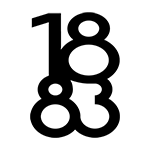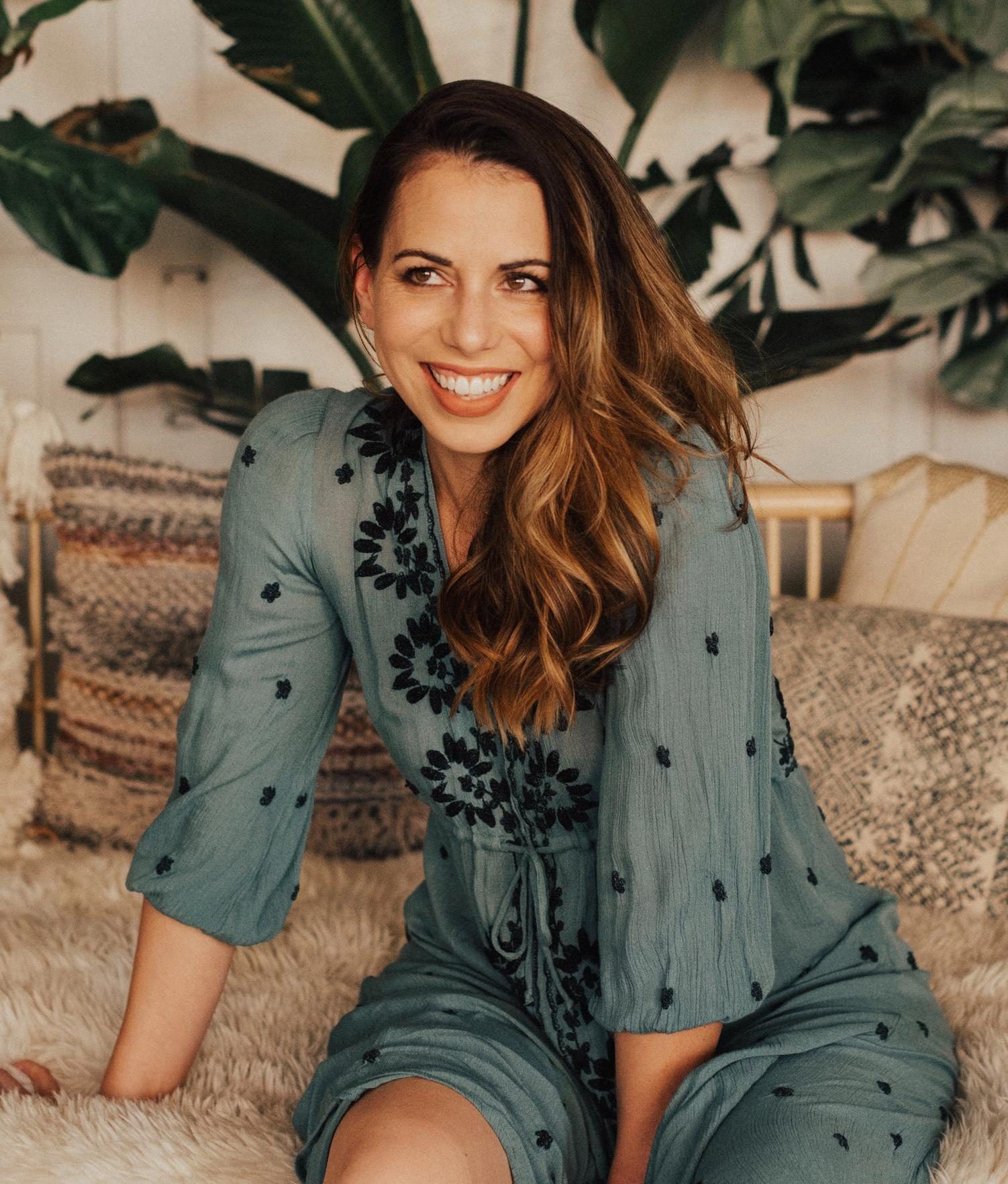10 Reasons Why Leather Thickness Matters – The Basics
Leather is awesome because it’s used in a bunch of things we use every day, like sofas, wallets, and work boots. But there’s something important about leather that we might not think about much – how thick it is. In this blog, we’ll talk about why the thickness of leather is a big deal and how it can make a real difference in how good and useful our leather stuff is.
What Is Leather Thickness?
Leather thickness is all about how thick the leather is, usually measured in millimeters or ounces. Different types of leather, such as full-grain, top-grain, and genuine leather, have their own thickness characteristics.
Why Leather Thickness Matters
Leather, often seen as a symbol of quality and style, can vary significantly in thickness. But why is leather thickness important? Let’s dive into this essential aspect and discover ten compelling reasons that explain its significance in straightforward terms.
Comfort and Durability
Improved Comfort: Having thicker leather can make things more comfortable, especially in furniture and clothes. The extra thickness gives better support and cushioning, making sitting or wearing stuff more enjoyable.
Enhanced Durability: Durability is important, and thicker leather is usually tougher and lasts longer. Wallets, belts, and other accessories made from thick leather can handle wear and tear, ensuring they stick around for years.
Aesthetics and Style
Premium Appearance: Thicker leather has a fancy and luxurious look. The texture and grain stand out more, making leather products look even better. This improved visual quality can really elevate your style.
Classic vs. Contemporary Styles: How thick the leather is can affect the style of leather goods. Classic items, like leather jackets, often look great with thicker leather, giving them a timeless appearance. On the other hand, modern designs might use different thicknesses to create specific looks.
Protection and Safety
Thicker leather excels in providing protection from external elements. Items like motorcycle jackets and work boots crafted from wide leather offer enhanced protection, ensuring your safety in tough conditions.
In jobs that involve tough tasks, having thick leather is crucial for safety. Construction and manufacturing workers depend on the durability and protection that thicker leather provides.
Maintenance and Longevity
Choosing thicker leather for crafting makes it easier to maintain your leather items. Cleaning and caring for them become less of a hassle, ensuring they last longer.
Products made from thicker leather generally last longer, providing you with quality and functionality for years. This makes them a wise and durable investment.
Cost-Effectiveness
Although thicker leather products might have a slightly higher upfront cost, they often provide better value for your money. Their durability and extended lifespan mean you won’t have to replace them as often, ultimately saving you money in the long run.
Versatility in Applications
Thicker leather stands out for its versatility in different uses, ranging from fashion to interior design. Its adaptability makes it a favored choice for crafting high-quality products.
Sustainability and Environmental Impact
Thinking about the thickness of leather is also important from an environmental standpoint. Certain sustainable practices in leather production are more attainable with specific thicknesses, promoting eco-friendly choices.
Consumer Preferences and Choices
As a consumer, having knowledge about leather thickness empowers you to make informed choices when purchasing leather products. Take a look at the thickness specifications and choose what best suits your needs.
Customization
Engraving: Engraving is a careful method of creating detailed designs on leather. It makes the final product look sophisticated and unique, adding elegance and appeal.
Embossing: Embossing is a method that uses pressure to make raised designs on leather. It gives the customization a 3D effect, improving the leather’s texture and appearance making it look unique and appealing.
How To Choose The Right Leather Thickness
Choosing the right leather thickness is essential, and several factors can guide your decision:
Intended Use
Think about how you plan to use the leather. Go for thinner leather (around 1-2 ounces) for smaller items like wallets or gloves. If you’re working on more demanding projects like belts or bags, opt for thicker leather (4-6 ounces or more) to ensure better durability.
Personal Preferences
Consider your style when selecting leather. Thick leather gives off a rugged appearance, while thin leather has a sleeker vibe. Choose what aligns with your personal taste.
Budget
When deciding on leather thickness, be mindful of your budget. Thicker leather is often more expensive because of the higher-quality materials and increased quantity. Make sure your choice aligns with your financial constraints.
Flexibility and Comfort
When selecting leather for clothing and shoes, opt for thinner leather for flexibility and comfort in items that require movement. Thicker leather is ideal for robust items that need stiffness and durability.
Project Complexity
When choosing leather for your projects, consider its thickness. If you’re new to crafting, opt for thinner leather. It’s easier to work with, especially for simpler projects. Starting with more delicate leather can make your crafting journey smoother.
Is A Thicker Leather Wallet More Expensive?
When thinking about a leather wallet, thicker ones are usually pricier. This is because thicker leather is perceived as higher quality and more durable. The additional effort and materials involved in crafting dense leather contribute to the wallet’s higher cost, but it’s akin to investing in something that will endure.
Are There Any Downsides To Thicker Leather For My Wallet?
When selecting a leather wallet, consider the thickness of the leather. Thicker leather can enhance the wallet’s durability, but it might also make it heavier and less flexible. A thick wallet could be uncomfortable in your pocket and challenging to fold. Therefore, it’s essential to strike a balance – not too thin, not too thick – to have a wallet that is robust and still easy to use daily.
Conclusion
When you’re considering purchasing items made of leather, pay attention to the thickness of the leather. It’s not just for experts – it matters for regular people like us. Thick leather means your leather goods will last longer, provide better protection, and be more comfortable. They’ll also have a nicer appearance and offer good value for your money. So, whether you’re looking at a leather jacket, boots, or a wallet, keep in mind that thicker leather is the key to ensuring your purchase lasts for a long time. Embrace thickness, and you’ll enjoy your items for years to come.
IMAGE SUGGESTIONS:





